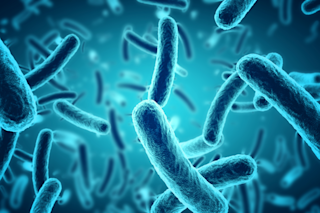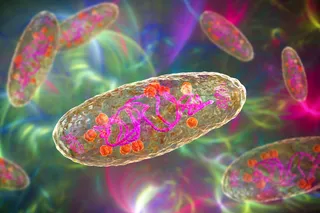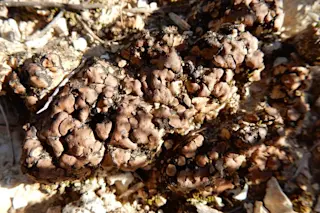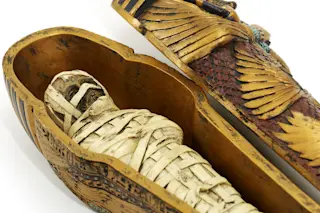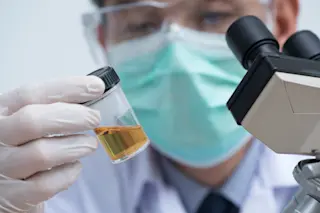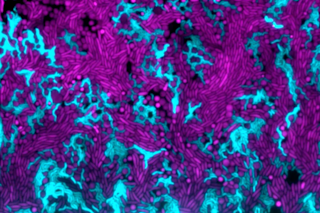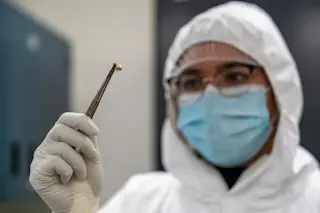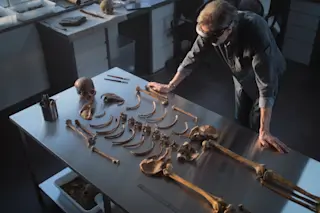The centuries-old Medici Chapel in Florence, Italy, was long overdue for a deep cleaning.
Although created to be a spectacular final resting place for members of Renaissance Italy’s most infamous family, the mausoleum had since accumulated a few layers of grime. Its formerly gleaming marble was discolored by glue residue, bits of plaster, oils… and organic matter from the decayed body of Alessandro de’ Medici, whose corpse was not properly eviscerated before being dumped into his father’s crypt in 1537.
After more than a decade of cleaning and restoration work, an all-women team of art historians, conservation scientists and restorers secretly turned to an unconventional method for busting its stubbornest stains last year: applying a paste of bacteria to literally eat them.
People don’t often associate bacteria with cleanliness. But, although there are some notorious germs in the bacterial world (looking at you, Staphylococcus and E. coli!), the vast majority ...


